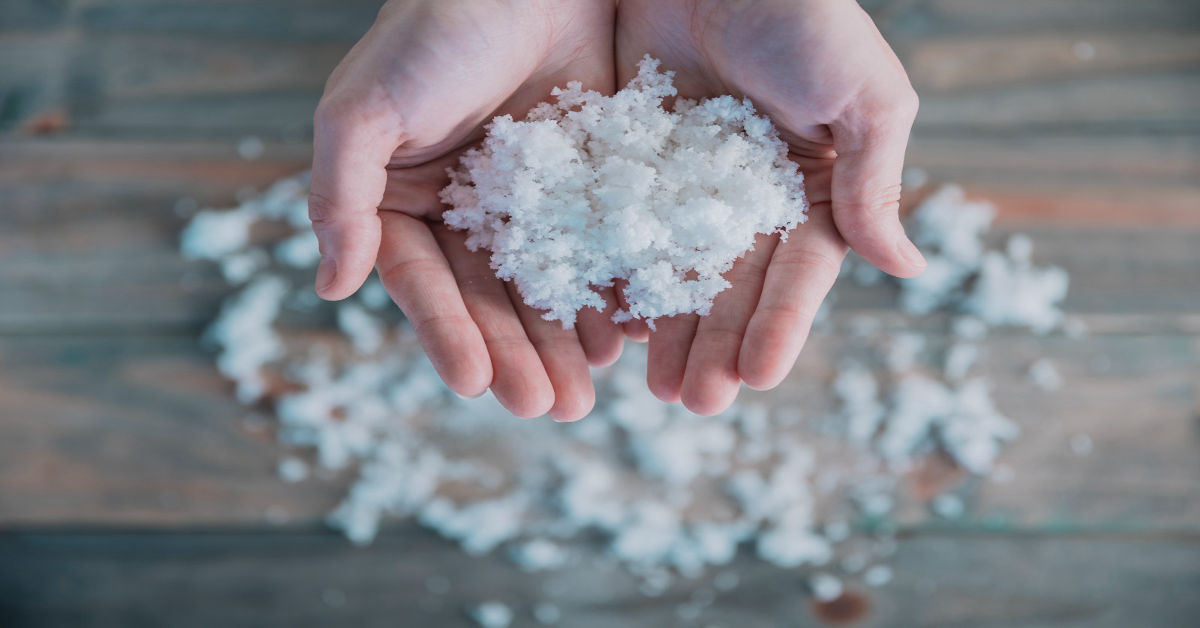In a world increasingly driven by sustainability and waste reduction, one material remains a source of enduring confusion and controversy: Styrofoam. Officially known as expanded polystyrene (EPS), this lightweight, airy substance is widely used in packaging, disposable food containers, and insulation. Yet despite its ubiquity, the question lingers: Can you recycle Styrofoam? The short answer is yes—but with major caveats. The real story is more complex, revealing a web of economic, environmental, and technological hurdles that make Styrofoam recycling far from straightforward.
In this article, we explore why Styrofoam is so challenging to recycle, how different countries and municipalities handle it, emerging technologies and innovations in EPS recycling, and what consumers and policymakers can do to reduce its environmental impact.
What Is Styrofoam, Really?
Before we can talk about recycling, it’s essential to understand what Styrofoam actually is. The name “Styrofoam” is a trademarked brand owned by DuPont (formerly The Dow Chemical Company) and technically refers to a specific type of extruded polystyrene foam (XPS) used primarily in building insulation. However, in everyday language, “Styrofoam” commonly refers to expanded polystyrene (EPS), the type used in coffee cups, takeout containers, and protective packaging.
EPS is made by expanding polystyrene beads with steam and a blowing agent, typically pentane. These beads fuse into a foam with up to 98% air content, making it lightweight and shock-absorbent—ideal for shipping and insulation but problematic for disposal.
The Trouble with Recycling EPS
Recycling EPS is technically possible, but its physical and chemical properties make it a logistical nightmare.
Volume vs. Weight
Styrofoam is mostly air, meaning it takes up enormous space for very little weight. This makes it economically unfeasible to transport without first compacting it. Shipping truckloads of low-density EPS to recycling centers is rarely cost-effective.
Contamination Issues
Styrofoam used for food containers often contains grease, sauces, or residue, which complicates the recycling process. Contaminated EPS can’t be easily processed and often ends up in landfills even if placed in recycling bins.
Limited Facilities
Very few municipal recycling programs accept EPS curbside. Specialized facilities do exist, but they are rare and typically serve industrial-scale clients rather than households.
Downcycling, Not Recycling
Even when EPS is successfully recycled, it’s not turned back into new foam products. Instead, it’s “downcycled” into products like picture frames, park benches, or insulation panels—products that can’t be recycled again.
Comparison of EPS vs. Common Recyclable Materials
| Material | Ease of Recycling | Curbside Collection | Contamination Sensitivity | Economic Viability | End Products |
| EPS (Styrofoam) | Difficult | Rarely accepted | High | Low | Downcycled items |
| PET (Plastic #1) | Easy | Common | Moderate | High | Bottles, fiber |
| HDPE (Plastic #2) | Easy | Common | Low | High | Containers, piping |
| Aluminum | Very easy | Widely accepted | Low | Very High | Cans, foil, car parts |
| Glass | Moderate | Variable | Low | Moderate | New bottles, tiles |
Global Approaches to Styrofoam Recycling
United States
Most U.S. municipalities do not accept Styrofoam in curbside recycling bins. However, a handful of cities and companies are experimenting with drop-off collection and densifying machines that compress EPS into compact blocks for easier transport and reuse.
Europe
Europe has stricter landfill regulations and higher recycling targets, prompting more investment in EPS collection systems. Germany, for instance, has piloted several EPS recycling technologies with moderate success. However, EPS use is declining due to single-use plastic bans.
Japan
Japan has perhaps the most successful EPS recycling system in the world, with recovery rates exceeding 80%. This is largely due to their highly sorted waste management culture and investment in compaction and melting technologies.
Developing Nations
In countries lacking formal waste management infrastructure, Styrofoam is often burned or dumped, contributing to toxic emissions and ocean pollution. Informal waste pickers rarely collect EPS because of its low resale value.
New Technologies: Can They Change the Game?
Recent advancements in EPS recycling suggest a shift could be on the horizon. While these technologies are still nascent or not widely implemented, they hold promise:
Thermal Densifiers
These machines heat EPS until it melts into a dense, ingot-like block. This material can then be reused in manufacturing. Densifiers are gaining traction in industrial sectors but remain too expensive for widespread municipal use.
Chemical Recycling
Researchers are developing solvent-based methods that break down polystyrene into its monomers, which can be reused to create new plastic products. While exciting, this method remains in early research stages and is not yet commercially viable.
Enzymatic Breakdown
Experimental studies have identified certain enzymes and bacteria capable of degrading polystyrene. Though still a long way from industrial application, bio-recycling could provide a long-term solution to Styrofoam waste.
Alternatives to Styrofoam
Given the challenges, many companies and consumers are turning to alternative materials. Some promising replacements include:
- Molded pulp: Made from recycled paper, biodegradable and compostable.
- PLA bioplastics: Derived from corn starch, used in cups and utensils.
- Mycelium foam: Made from fungal roots, biodegradable and moldable.
- Airpop: A branded name for EPS alternatives using less material and more advanced processing.
These alternatives are not perfect—bioplastics often require industrial composting facilities—but they mark a step forward in reducing non-recyclable waste.
Policy Measures: The Regulatory Push
Governments worldwide are increasingly regulating the use of EPS:
- California has banned EPS containers in more than 120 cities and is phasing out their use statewide.
- Canada is moving forward with federal regulations banning single-use EPS food containers.
- EU Directives aim to phase out EPS in takeaway packaging under the Single-Use Plastics Directive.
- New York City enacted a Styrofoam ban in 2019 after determining that EPS recycling was not economically viable.
These policies are shaping consumer behavior and forcing manufacturers to seek alternatives.
What You Can Do
1. Avoid It Whenever Possible
Choose packaging and containers made from paper, cardboard, or compostable materials.
2. Reuse Before You Recycle
EPS can be reused for insulation, craft projects, or shipping cushioning. Reuse helps extend its life cycle.
3. Locate Drop-Off Sites
If your local recycling doesn’t accept EPS, find drop-off centers or mail-back programs. Websites like Earth911.com offer directories of facilities that accept Styrofoam.
4. Support Bans and Legislation
Advocating for local bans or industry regulations can accelerate the shift away from EPS and toward sustainable alternatives.
5. Educate Others
Most people don’t realize that tossing Styrofoam into the blue bin can contaminate an entire recycling stream. Sharing accurate information goes a long way.
The Future: Is There Hope for EPS Recycling?
While Can You Recycle Styrofoam remains one of the thorniest issues in modern waste management, momentum is building. Innovations in technology, shifts in policy, and changing consumer expectations are creating the conditions for real change. However, no single solution will solve the EPS problem. It will take a combination of reduced usage, better alternatives, education, and advanced recycling technologies to move toward a more sustainable future.
In the meantime, the most effective strategy remains clear: avoid Styrofoam whenever possible.
FAQs
1. Can you put Styrofoam in your curbside recycling bin?
In most areas, no. Municipal recycling programs rarely accept EPS because of its low economic value and contamination issues. Check with your local waste authority about Can You Recycle Styrofoam.
2. Is there any way to recycle Styrofoam from takeout containers?
Only if the containers are clean and a nearby facility accepts them. Dirty EPS contaminated with food usually goes to landfill.
3. What happens to Styrofoam if it’s not recycled?
It ends up in landfills or, worse, the environment, where it breaks into microplastics and persists for hundreds of years.
4. Are there biodegradable alternatives to Styrofoam?
Yes. Molded pulp, PLA bioplastics, and mycelium foams are some promising biodegradable replacements used in food and shipping industries.
5. Why isn’t Styrofoam banned everywhere?
EPS is cheap, effective, and widely used. Lobbying, economic concerns, and infrastructure limitations slow the pace of regulatory bans.







